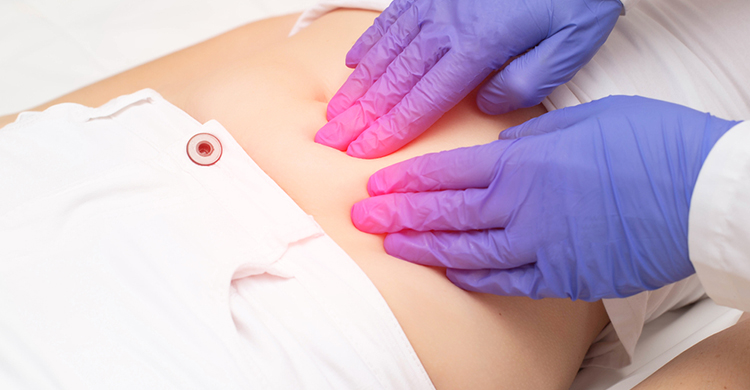
Ovarian cysts are pockets or sacs filled with fluids that develop on one of your ovaries. Women have two ovaries, each about the size and shape of an almond, one on each side of your uterus. Eggs develop and mature in the ovaries during the reproductive years and are then discharged on a monthly basis. Ovarian cysts typically have no symptoms. If they get bigger, worse or do not go away on their own, you might need treatment.
The majority of ovarian cysts are small, benign (non-cancerous), and asymptomatic. On the other hand, a few of the following may be signs of an ovarian cyst:
Pain or discomfort in the lower stomach (abdomen).
Periods may occasionally become irregular, heavier, or lighter than normal.
Every woman experiences ovarian cyst discomfort differently. It might be severe or light, intermittent or persistent, and it can be influenced by your menstrual cycle or not. An ovarian cyst often causes one side to experience pain; however, it can also cause pain in the lower abdomen, deep in the pelvis, or both. The most typical symptom is a constant ache or pain brought on by being bloated. When having sex, the pain might happen.
Early in every menstrual cycle, your ovaries produce little cyst-like structures known as follicles; when you ovulate every month, an egg is released from one of the follicles. When a healthy follicle keeps growing, a "functional cyst" forms, this type of cyst often disappears after two or three cycles.
Ovarian cysts can develop due to hormonal changes, including those brought on by fertility medications, pregnancy, endometriosis, and a significant pelvic infection that spreads to your ovaries.
Many microscopic ovarian cysts will disappear over the course of a few months. Your doctor could recommend an ultrasound scan after a few months. There is no need for further therapy if the cyst disappears. If you have symptoms or if the cyst is large, you might need to have an ovarian cyst removed. For the doctor to determine the type of cyst and make sure there are no cancer cells inside, the cyst may need to be removed.